-
1931

1931
From Montana to Berkeley
The Switzer family relocated from Montana to Berkeley, California, in 1931 after investing in their family owned pharmacy. Bob Switzer began attending the University of California as a pre-med student, while his brother, Joe Switzer found a passion in creating amateur magic shows.
-
1933

1933
Dark Times That Led to a Bright Future
Bob Switzer spent the summer working at a tomato quality control laboratory until an accident occurred. He spent the next few months in a darkened room to let his eyesight recover, which led him and his brother, Joe, to explore fluorescence.
-
1934

1934
Tricks and Magic
Joe Switzer performed a magic trick using his black light solution and a Balinese dancer, making it appear that her head had detach from her body. This trick won him an award at the magicians’ convention.
-
1934

1934
Brothers Working Together
The Switzer Brothers founded the Fluor-S-Art Co. to continue to develop their paints for advertising displays.
-
1935

1935
The Happy Accident
After dipping silk fabric into a combination of alcohol and fluorescent dye, by complete accident, the Switzer brothers discovered the secret to daylight fluorescents. With their new discovery they hit the road and relocated to Cleveland, Ohio. There they earned a living by selling colors for fluorescent posters.
-
1936

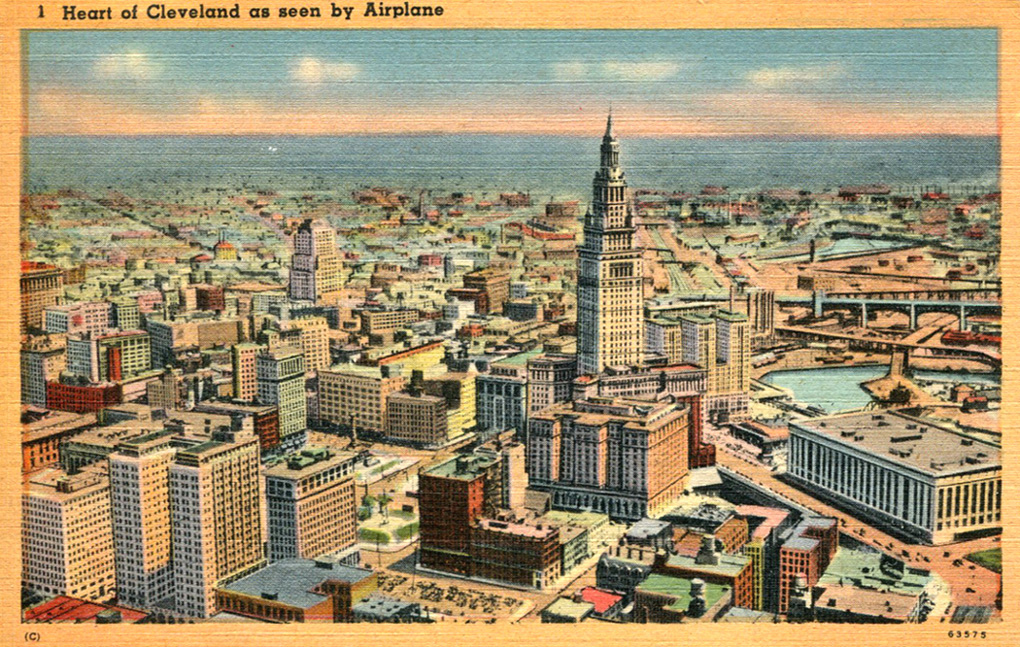
1936
Cross Country Adventures
Bob and Joe left California and moved their company across the country to Cleveland, Ohio, to partner with Continental Lithograph, a subsidiary of Warner Brothers Pictures.
-
1938

1938
Growing Family
The Switzer brothers continued to break ground in the chemical industry with their inventions of Zyglo and Magnaglo, two flaw-detection fluorescent dyes.
-
1940

1940
DayGlo Warfare
World War II demanded many uses for DayGlo colors, including painting military aircrafts and supplying troops with fluorescent fabrics to ensure visibility and safety.
-
1946

1946
Moving Out On Their Own
The Switzer Brothers ended their agreement with Continental Lithograph and founded Switzer Brothers, Inc. (now known as Day-Glo Color Corp.)
-
1947

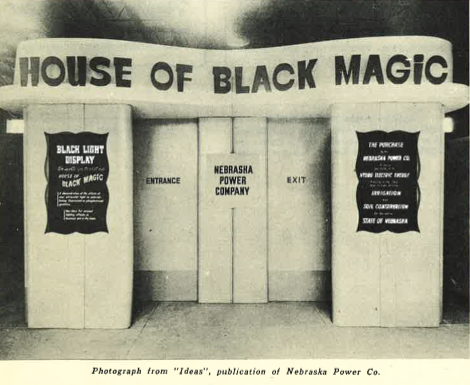
1947
Black Light Displays
-
1949


1949
Fluorescent Silk Screen
-
1949


1949
Attention Grabbing Advertising
More and more advertisers begin to demand the use of fluorescent colors in their displays to grab more customers’ attention.
-
1950


1950
Fluorescent Meets Fashion
DayGlo fluorescent clothing began to take over the fashion world becoming the newest trend.
-
1951

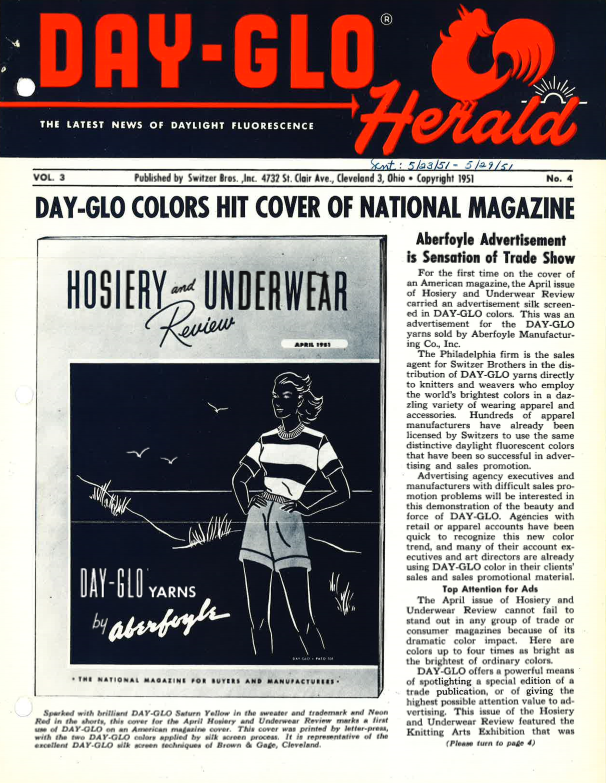
1951
National News
-
1953

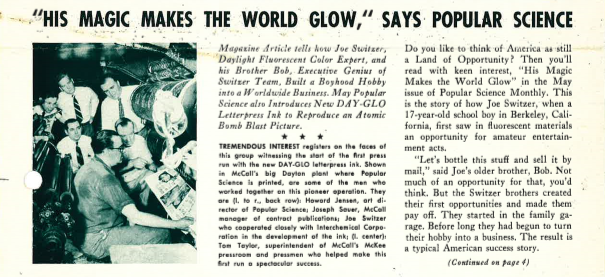
1953
Making The World Glow
-
1959


1959
Packaging Turns DayGlo
DayGlo daylight fluorescent pigments become the standard of packaging in consumer products from its eye grabbing and lasting impression.
-
1960


1960
Standard of Safety
DayGlo Fire Orange™ becomes the standard of safety in aviation by increasing visibility on aircrafts.
-
1964

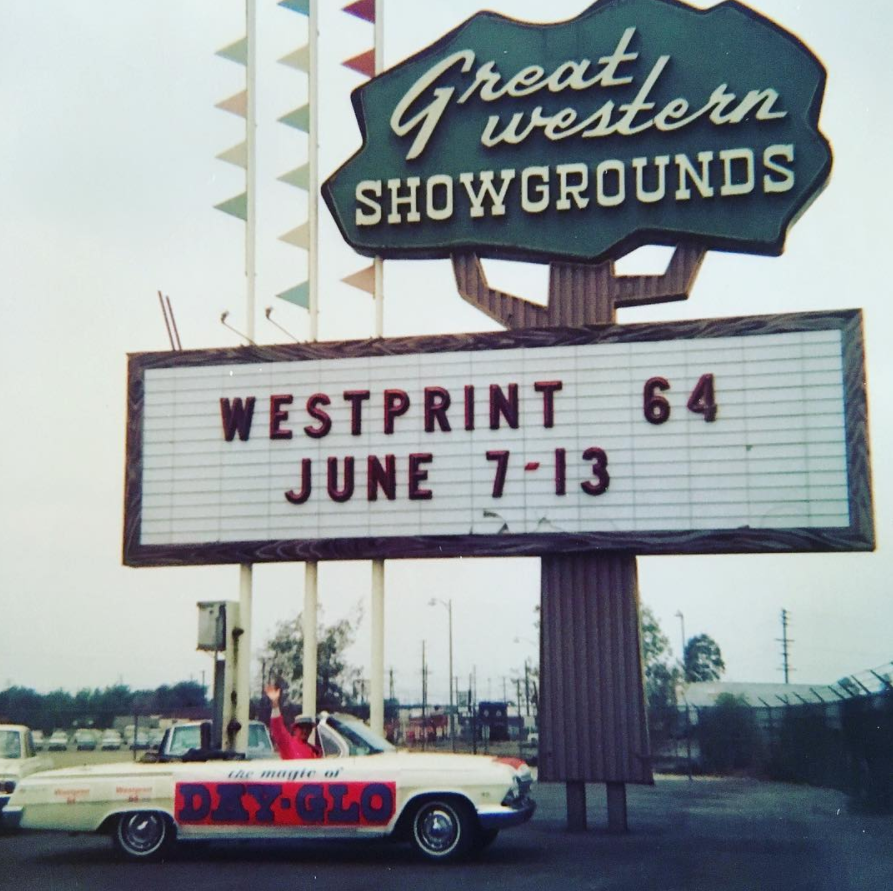
1964
The DayGlo Mobile
-
1966

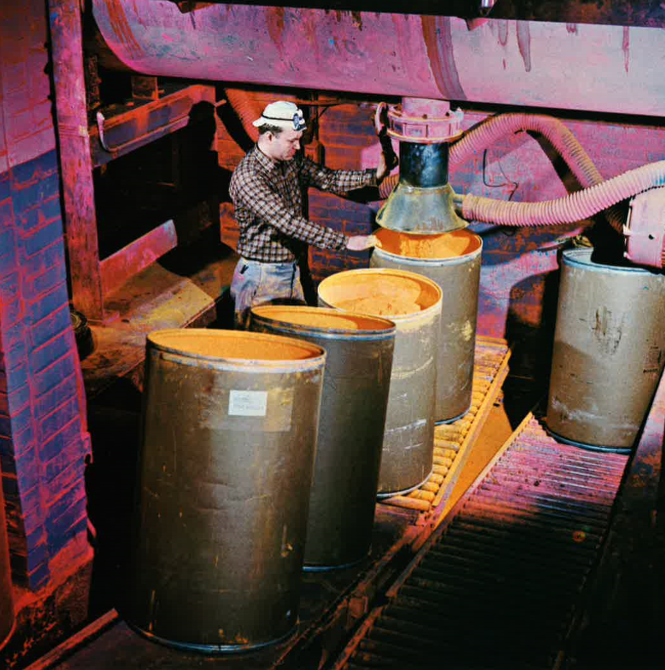
1966
Inside The Factory
Inside look at the DayGlo factory as featured in the Goodyear Chemical Review: Number 1 of 1966.
-
1967

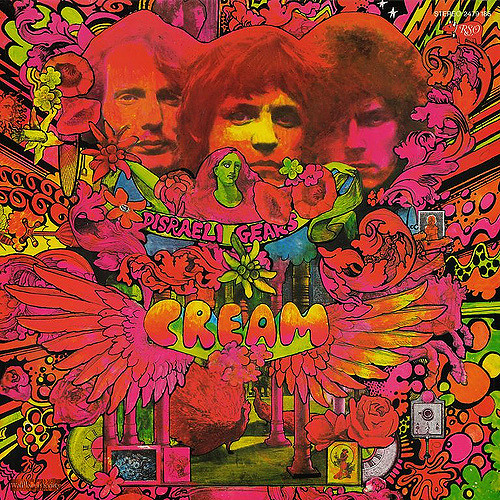
1967
Psychedelic Recordings
Records began to tune in to fluorescent colors for psychedelic, attention grabbing results.
-
1969

1969
Becoming DayGlo Color Corp.
Switzer Brother, Inc. officially changed its company’s name to the iconic DayGlo Color Corp. that is known now.
-
1970


1970
Colorful Minds
Big named brands begin including DayGlo colors into their traditional product lines to accommodate for customer demand for brighter and trendier options.
-
1971


1971
Breakthrough Inventions
DayGlo continues to push forward in research and development by inventing new and improved products for specific market segments. DayGlo announces a major breakthrough with Z series pigments.
-
1980

1980
Let's Get Physical
DayGlo aerobics apparel colors the 80s with bright, neon activewear and leotards. Celebrities like Olivia Newton John and Jane Fonda help push this trend into the spotlight.
-
1985

1985
Announcing Acquisitions
The Nalco Chemical Company of Oak Brook purchased DayGlo Color in September of 1985.
-
1991


1991
Joining RPM
RPM International Inc. acquires DayGlo Color Corp. from Nalco Chemical Company.
-
2009


2009
Tale of Two Brothers
The DayGlo Brothers: The True Story of Bob and Joe Switzer’s Bright Ideas and Brand-New Colors by Chris Barton tells the story of the brains of two brothers and how DayGlo came to be.
-
2012

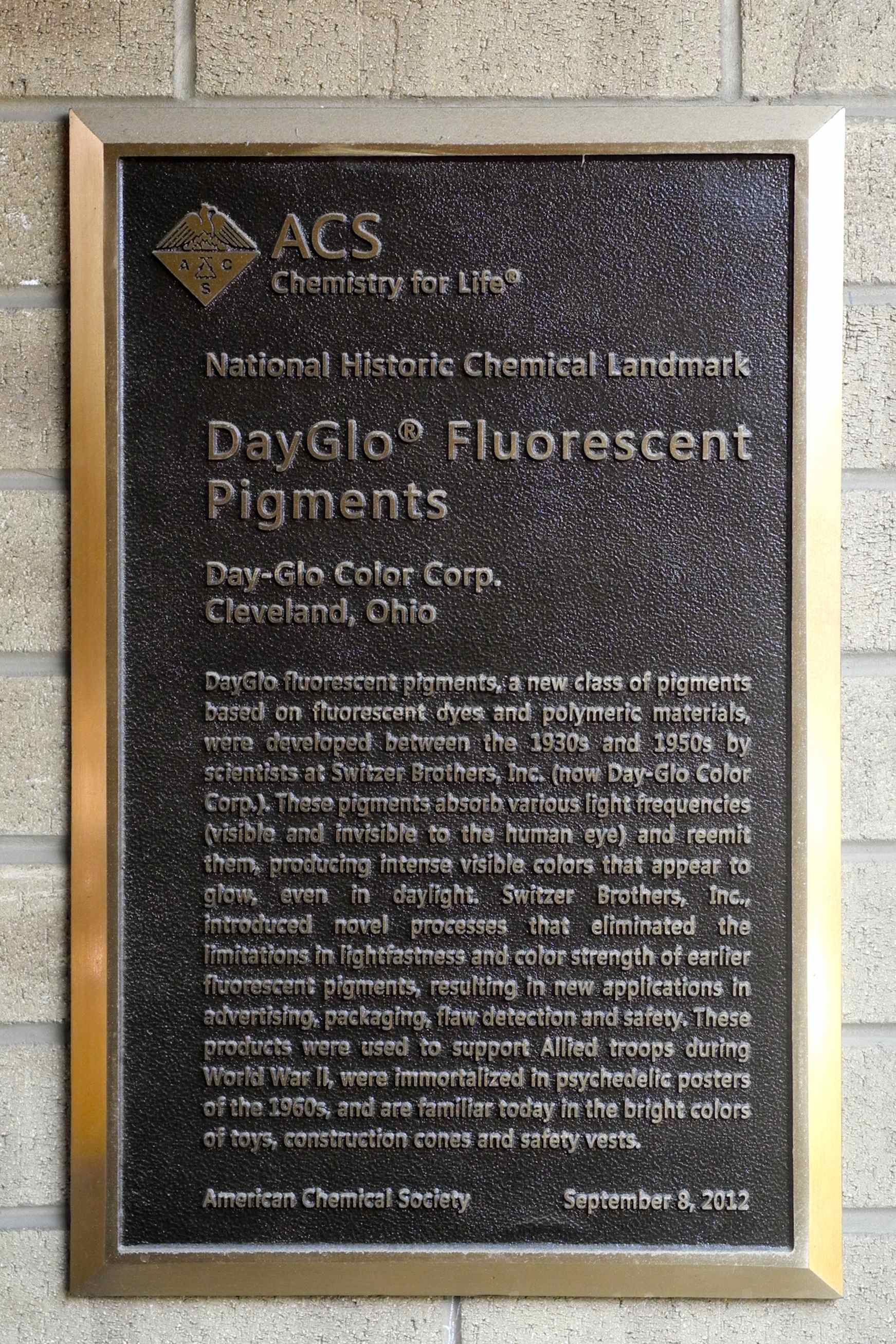
2012
Award Winning Innovations
The development of DayGlo fluorescent pigments was recognized by the American Chemical Society as a National Historic Chemical Landmark.
-
2017

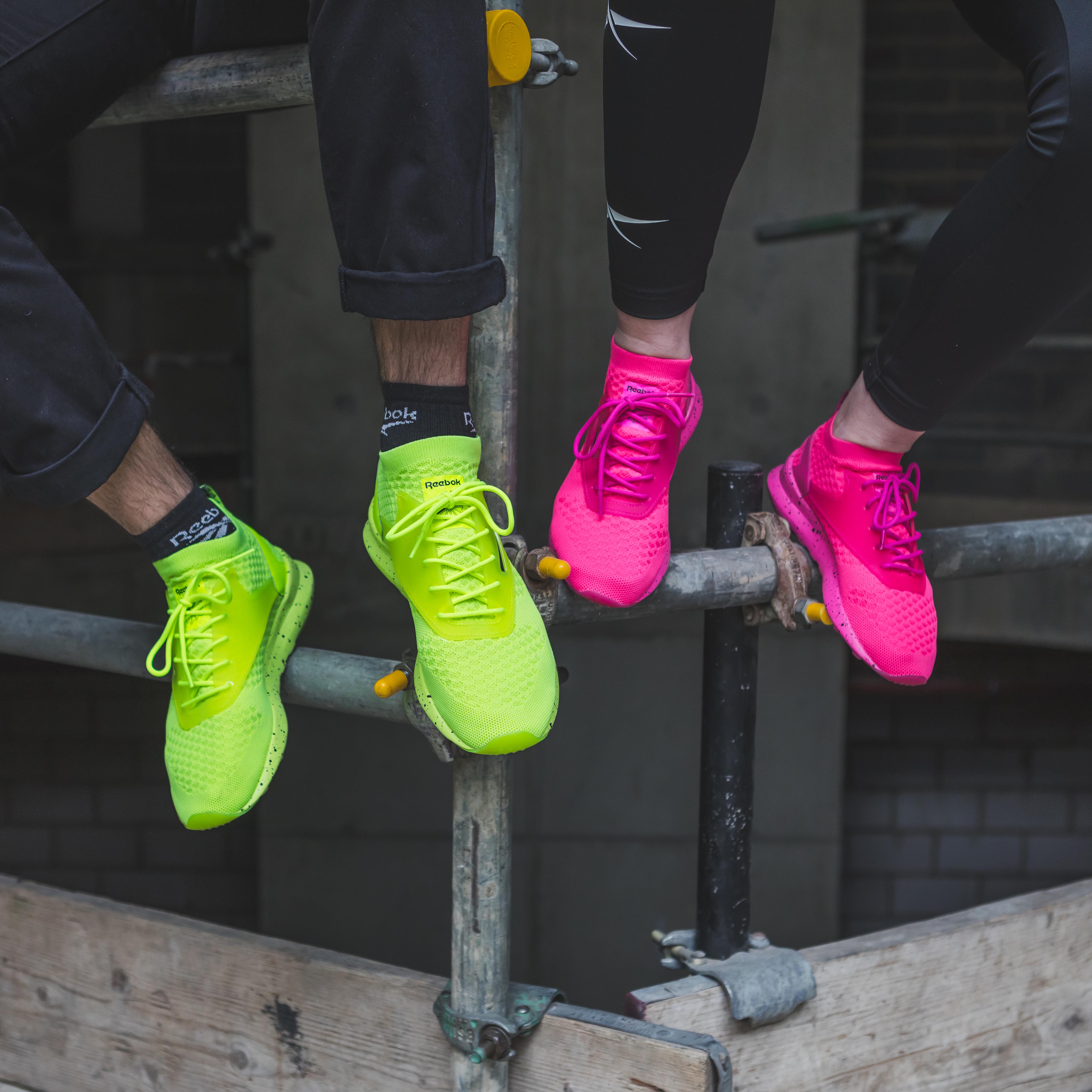
2017
ZOKU RUNNER ULTK DAYGLO
DayGlo Color and Reebok partner to release the ZOKU RUNNER ULTK DAY-GLO in three original DayGlo colors: Aurora Pink®, Blaze Orange™, and Saturn Yellow®. The shoe features the new DayGlo Ezentus™ “EZ” formaldehyde-free pigment.
-
2019


2019
Introducing Elara™ Cosmetic Colorants
Elara™ is the 2nd generation of legal fluorescent color for cosmetic use. It's BPA free, cruelty free, and has improved lightfastness. Find out more about Elara here.
-
2022


2022
The Color Burst
DayGlo rebrands and makes their new icon the "Color Burst", representing the science behind fluorescent color. This unique logo showcases how fluorescent color works - color going from the grounded state to the excited state to the released state.
